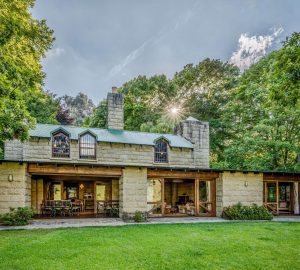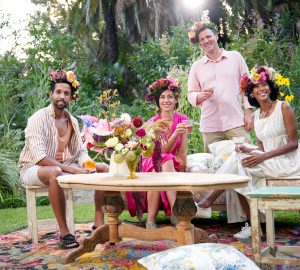Multigenerational Living – the practice where three generations, one or more working-age adults, their children (who may also be adults), and either aging parent(s) or grandchildren, share a home or property.
Largely driven by the state of the economy, more families are opting for this arrangement. Financially viable, it enables better security, and creates built-in support structures for all parties.
GOOD ECONOMIC SENSE
A stagnating economy has seen an increase in this type of living, and house hunters are now typically looking to purchase a family-size home with a separate garden cottage on the property, for their parents.
“Multigenerational or extended family living – with the associated benefits of pooled resources and cost efficiencies, is making increasing economic sense in today’s world, including South Africa.”
Dr. Andrew Golding, CE, Pam Golding Property
Family syndicates where a few family members pool finances to obtain a bond, is fast becoming a common practice. It makes sense to jointly own a family home, rather than having individual family members renting properties, and being unable to enter the property market.
BUILT-IN SUPPORT STRUCTURES
From a health perspective – Older or ailing parents save on the cost of a retirement facility, and can be taken care of by their adult children. In turn, retired grandparents can watch over grandchildren after school and take them to extra mural activities in the absence of a stay-at-home parent.
As for security, properties, which have a permanent people presence rather than being locked up for the day, are less vulnerable to crime.
PROS & CONS
The arrangement does come with its fair share of pros and cons.
Upsides include reduced cost of home ownership, as well as improved security and support.
The downsides such as lack of privacy and personal issues resulting from living together, can be averted by laying down ground rules, drawing up a agreements around privacy and splitting expenses, tasks and responsibilities.
Posted by The Know - Pam Golding Properties





